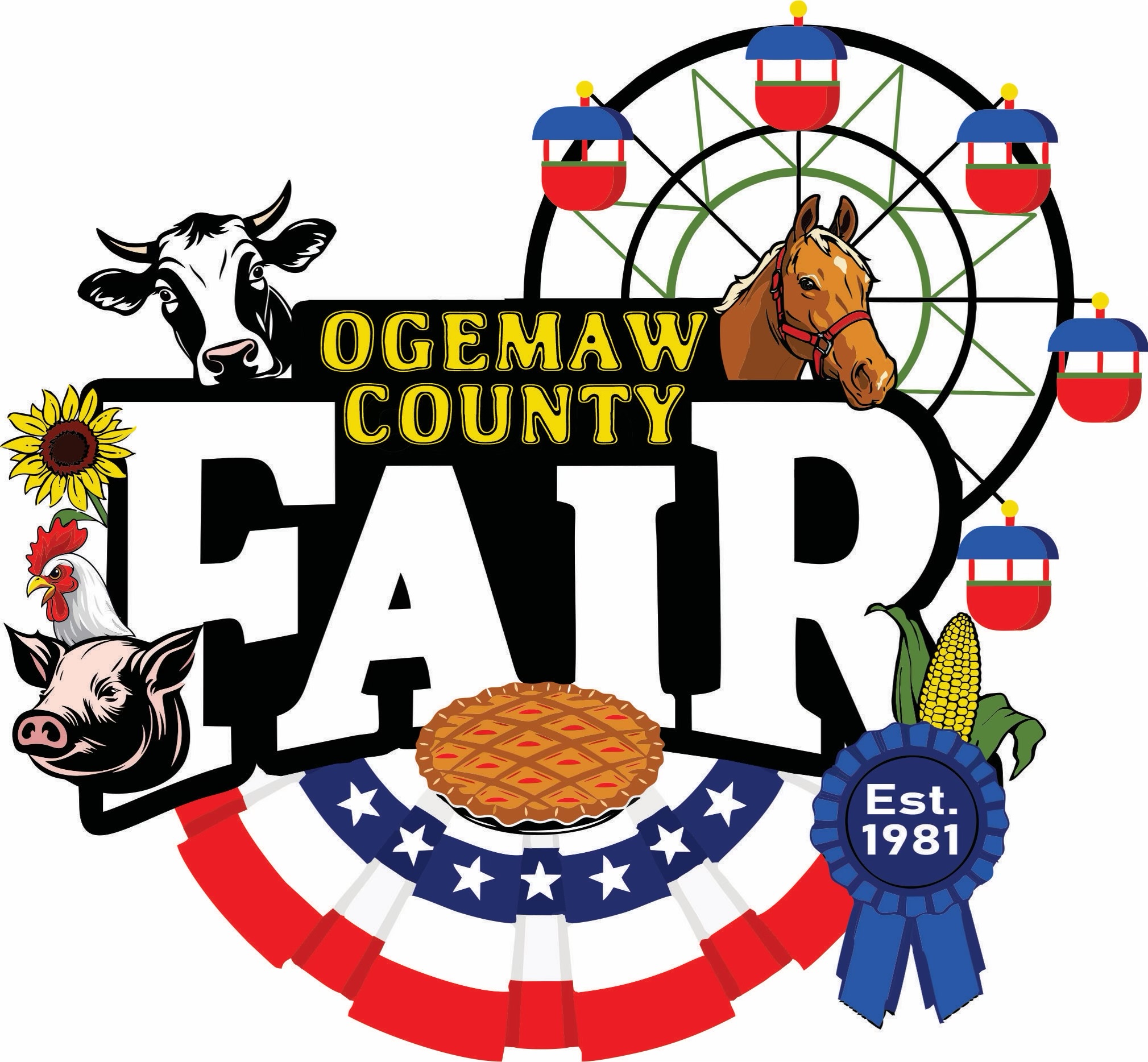ANTIQUE VILLAGE
The Antique Village is a living history of pioneer life in Ogemaw County. A combined vision of the fair board and countless volunteers, the antique village is the historical center of the Ogemaw County Fair. The buildings in the village are filled with antiques both on loan to the project, and donated by many generous families, volunteers and patrons. During fair week the village comes alive as a working hands on village with costumed volunteers demonstrating life as it was back in the olden days. As a working hands on Antique Village, it is only open to the public during fair week each year.
The Antique Village is an ongoing and constantly growing project. If you would like to donate or loan an item for display or would like to help in any capacity please call Evelyn Delaney at 989-685-2591.
